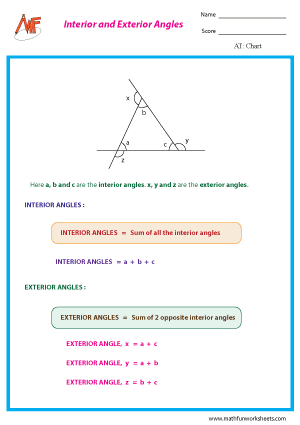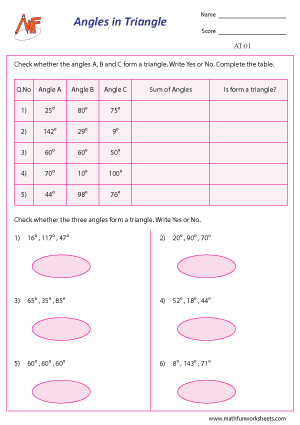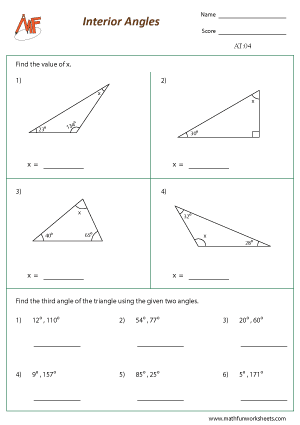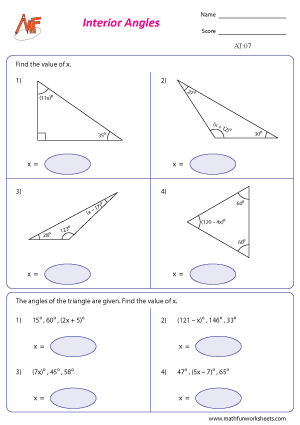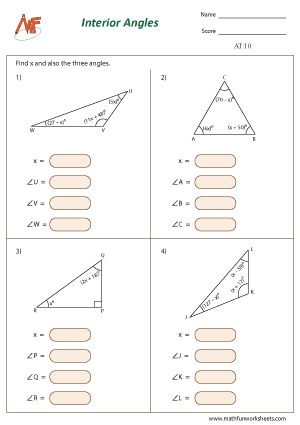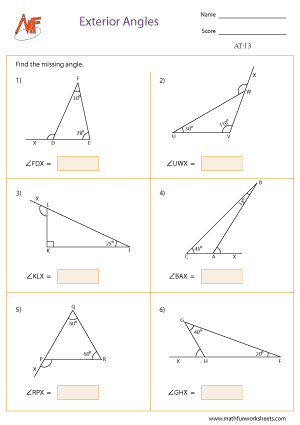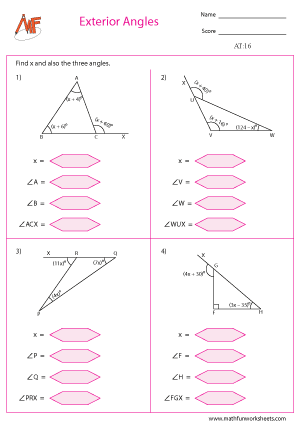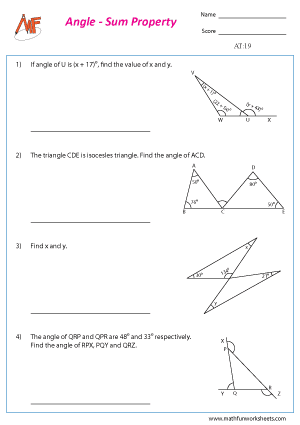Browse by Topics
- English Worksheets
- Science Worksheets
- Kid's Corner
- Numbers & Operations
- Addition
- Subtraction
- Multiplication
- Division
- Decimals
- Place Value
- Roman Numerals
- Skip Counting
- Odd & Even Numbers
- Patterns
- Cardinal & Ordinal Numbers
- Rounding Numbers
- Estimation of Numbers
- Estimation of Time & Money
- Counting & Cardinality
- Comparing Numbers
- Ordering Numbers
- Fractions
- Prime & Composite Numbers
- Squares & Cubes
- Square & Cube Root
- Divisibility Rules
- Factors & Multiples
- Data Handling
- Algebra
- Ratio
- Least Common Factor
- Greatest Common Factor
- Percent Worksheets
- Proportion
- Order of Operations
- Scientific Notation
- Exponents
- Algebraic Expressions
- Evaluating Algebraic Expressions
- Simplifying Algebraic Expressions
- Graphing Lines
- Point Slope Form
- Two Point Form
- Two Intercept Form
- Equations
- Identifying Functions
- Evaluating Functions
- Function Table
- Domain and Range
- Trigonometric Charts
- Quadrants
- Polynomials
- Measurement
- Geometry
- Word Problems
Angles in Triangles Worksheets
Angles in triangles are a key concept in geometry. Every triangle has three angles, and their sum is always 180 degrees. This rule helps students solve many geometry problems. For example, if two angles in a triangle are known, students can subtract their sum from 180 to find the third. This concept builds a strong base for learning about different types of triangles and their properties.
There are several types of triangles based on their angles. An acute triangle has all angles less than 90 degrees. A right triangle has one 90-degree angle. An obtuse triangle has one angle greater than 90 degrees. By looking at the angles, students can quickly identify the type of triangle. This makes it easier to apply correct rules and formulas in problem-solving.
Teachers often use diagrams and activities to help students practice. For instance, students may use protractors to measure angles or draw triangles with specific angle measures. These hands-on tasks make learning more active and meaningful. They also improve accuracy and understanding.
 In the above diagram a, b, and c are the interior angles. x, y, and z are the exterior angles
In the above diagram a, b, and c are the interior angles. x, y, and z are the exterior angles
Angles in Triangles worksheets free download pdf
Verifying Angles - Form a Triangle

Verifying Angles - Form a Triangle
Find the Missing Interior Angle - Level 1

Find the Missing Interior Angle - Level 1
Find the Missing Interior Angle - Level 2

Find the Missing Interior Angle - Level 2
Find the Three Interior Angles

Find the Three Interior Angles
Find the Missing Exterior Angle - Level 1

Find the Missing Exterior Angle - Level 1
Find the Missing Exterior Angle - Level 2

Find the Missing Exterior Angle - Level 2
Moreover, knowing how angles work in triangles leads to other math skills. Students use this knowledge to explore symmetry, similarity, and congruence. Later, they apply it in topics like trigonometry and coordinate geometry. This shows how one simple rule—it always add up to 180 degrees—supports a wide range of learning. In real life, this knowledge is useful too. Builders, designers, and engineers use triangles because they are strong and reliable shapes. So, practicing these worksheets helps students see the connection between classroom math and real-world use.
In short, understanding this concept helps students solve problems, build logic, and prepare for more advanced math. With practice, they grow confident and skilled in geometry.

